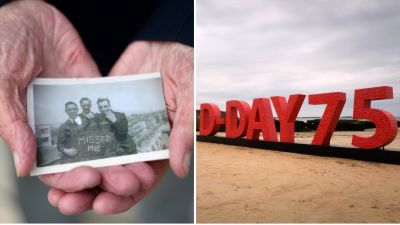What does the 'D' in D-Day stand for?

The words "doom", "debarkation" and "deliverance" have all been suggested as meanings for the "D" in D-Day.
But the letter is derived from the word "Day" and means the day on which a military operation begins.
D-Day has been used for many different operations but is most closely associated with the Allied landings on Normandy’s beaches on June 6 1944.
The day before D-Day was D-1 and the day after was D+1.
It meant if the date for an operation changed, military staff would not have to alter all the dates in their plan.
This happened during the Normandy D-Day landing operation, which was originally planned for June 5 - but bad weather delayed it by a day.
In the build-up to the Allied invasion, code names and acronyms were vital to help maintain the blanket of secrecy around the operation.
As well as D-Day signalling the date of the operation, other code words included:
H-Hour - The hour of the invasion.
Bolero - The build-up to D-Day in Britain.
Operation Overlord - The overall invasion plan.
Operation Neptune - The seaborne invasion.
Mulberry - Artificial harbours towed across the Channel.
Ham and Jam - The signal indicating the bridges at Benouville (Pegasus Bridge) and Ranville were secured by Allied forces.
Utah, Omaha, Gold, Juno and Sword - Code names for the five landing beaches in Normandy.